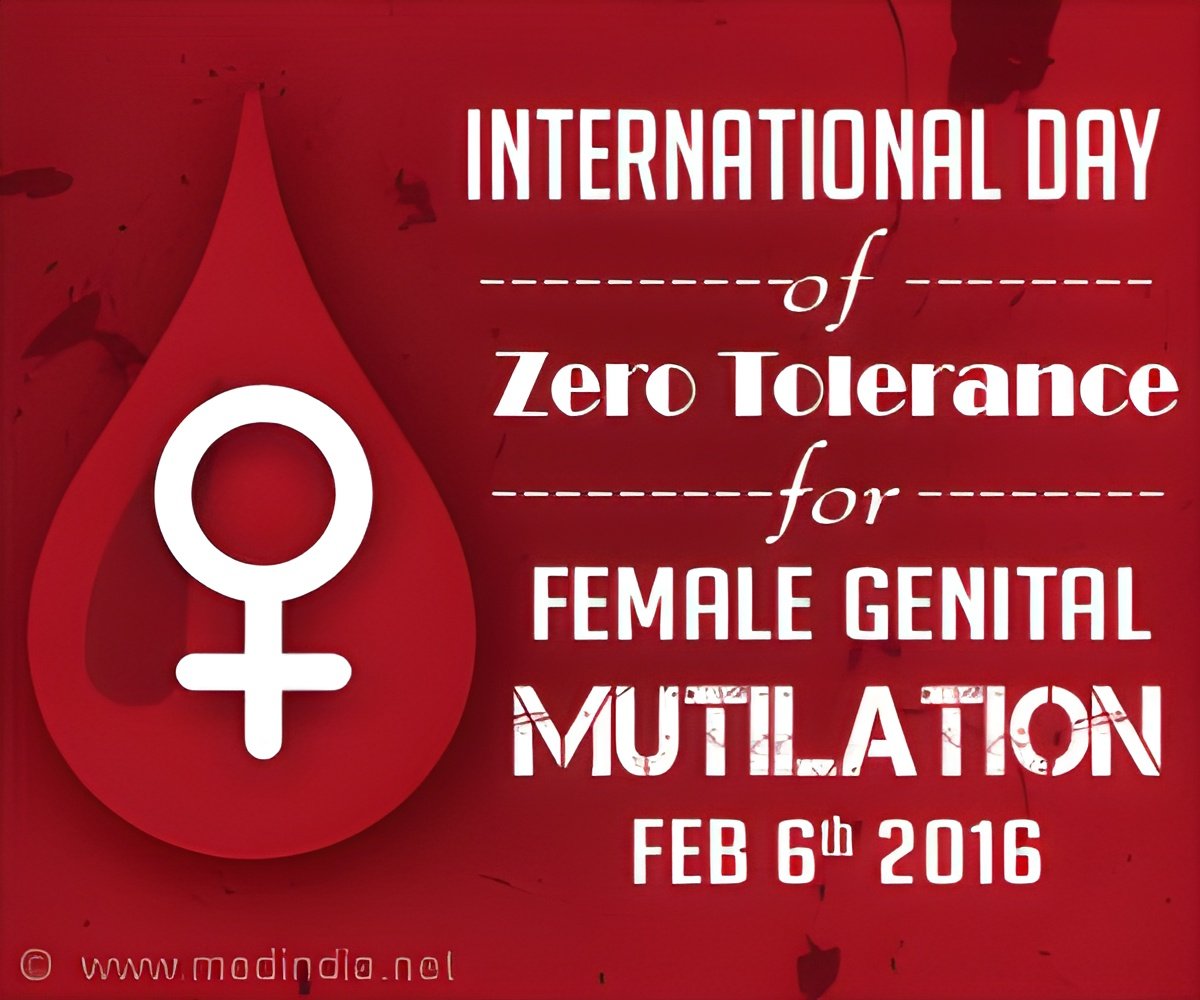
‘Entertainment can be used to dramatize the arguments and cultural beliefs. It can be an effective approach to changing attitudes about female genital cutting as it reaches much wider audience.’
Tweet it Now
Therefore, governments and international agencies have promoted the abandonment of cutting for decades. In the past, many programs promoting abandonment of the practice assumed that attitudes favoring cutting are locally pervasive and deeply entrenched.
The arguments for and against cutting generally fall into one of the following two categories-personal values concerning health, purity and perceived religious obligations or questions regarding the future marriage prospects of cut or uncut daughters.
Sonja Vogt, Charles Efferson and Ernst Fehr from the University of Zurich, together with two Sudanese researchers, put the discussion of these conflicting attitudes at the center of their empirical approach. “Instead of pressing values onto the communities and ignoring their cultural heritage, we took the conflicting attitudes on FGC within communities as a starting point”, explains Sonja Vogt, one of the lead authors.
The researchers created four versions of a full-length movie, the main plot being a heady mix of love, intrigue and deception involving a family living in Sudan.
Advertisement
Three of these movies included a 27 minute subplot about girls in the family who were approaching cutting age. In the subplots, the protagonists of the extended family discuss the arguments for and against cutting.
Advertisement
The discussions within these subplots evenly cover both arguments for and against cutting and eventually led to the decision to abandon cutting. Charles Efferson explains “By presenting conflicting sides of the issue, the movies dramatize how difficult it is for parents to make a decision about cutting, and they allow viewers to make their own judgments”.
To measure how participants feel about cut versus uncut girls, the researchers developed an implicit association test to measure attitudes about cutting that adults might not want to reveal explicitly. The researchers used mobile computer labs to implement this test in a way that completely preserved the anonymity of participants.
All three movies about cutting immediately improved attitudes, but that only the movie addressing both personal values and future marriage prospects had a relatively persistent effect by improving attitudes for at least a week.
This shows that using entertainment to dramatize the arguments can be an effective approach to changing attitudes about female genital cutting.
Sonja Vogt believes that there is further potential in this approach. “Done in an ethical and balanced way, entertainment-embedded public information could increase the possibility of non-governmental organizations and for-profit ventures to cooperate”, she says.
Including messaging in entertainment formats could initiate discussion and sustainable change.
Entertainment can often reach a much wider audience than educational documentaries. Documentaries run the risk of preaching to the converted.
Source-Medindia








